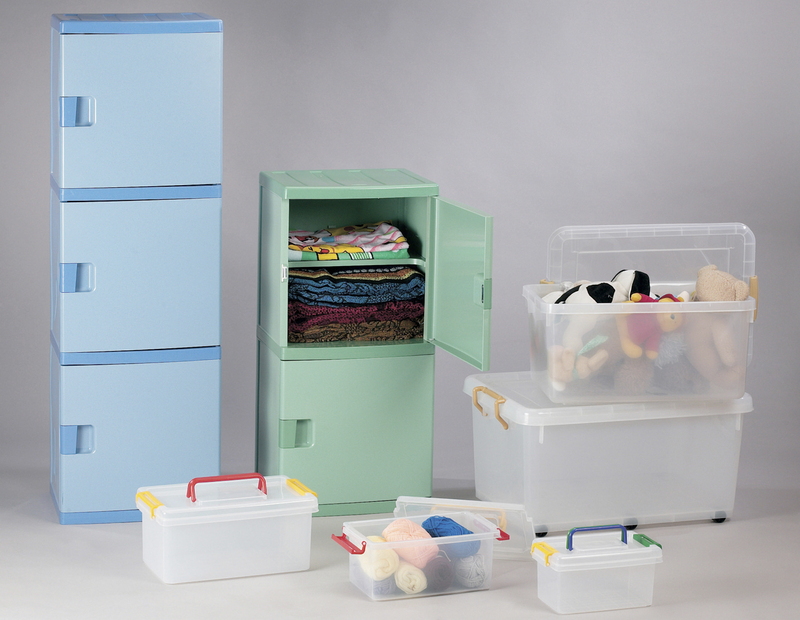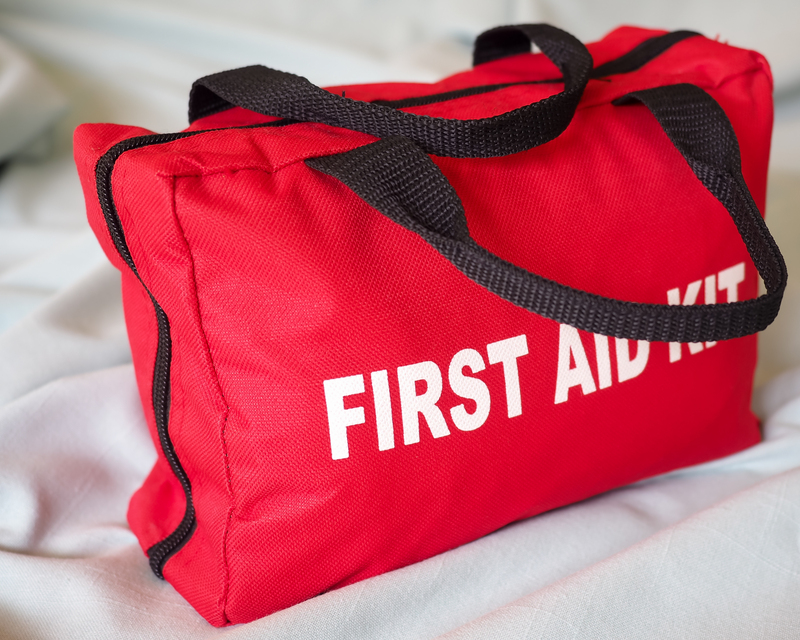Packing Your Kitchen: Essential Dos and Don'ts
Posted on 07/03/2025
Packing your kitchen can be one of the most challenging aspects of moving. This area typically contains a vast array of items, from fragile dishes to bulky appliances, and each requires careful consideration to ensure a successful transition. Knowing the dos and don'ts of packing kitchen items can save you time, money, and stress. Here's a detailed guide to help you navigate this critical task with ease.
Do Plan Ahead
Proper planning is the cornerstone of a successful kitchen pack. Start by collecting all the packing supplies you'll need, including sturdy boxes, bubble wrap, packing paper, tape, and markers for labeling. List all the items in your kitchen to have an overview of the task at hand. Planning will help you stay organized and avoid last-minute stress.

Do Declutter Before Packing
Before you begin packing, take a moment to go through your kitchen items. This is an excellent opportunity to declutter and get rid of things you no longer use or need. Donate, recycle, or throw away items that are taking up unnecessary space. The fewer items you have to pack, the easier the whole process will be.
Do Pack Strategically
When it comes to packing your kitchen, strategy is key. Start by packing items you use less frequently, like holiday dishes or special cookware. Work your way to the items you use daily. This approach ensures that your daily routines are disrupted as little as possible. Additionally, pack similar items together; for example, all your pots and pans should go in the same box.
Don't Overpack Boxes
One common mistake is overpacking boxes, making them too heavy and susceptible to breaking. Use smaller boxes for heavy items like canned goods and glassware. This makes the boxes easier to lift and reduces the risk of breakage. A good rule of thumb is to keep box weight under 50 pounds.
Don't Forget to Label
Labeling is essential when packing your kitchen. Each box should be labeled with its contents and which room it belongs to. Consider using a color-coding system to make it even more straightforward. This step will make unpacking much easier and help movers know where to place each box.
Do Wrap Fragile Items Carefully
Dishes, glasses, and other fragile items need extra care when packing. Use bubble wrap, packing paper, or even soft textiles like dish towels to wrap each item individually. For added protection, place crumpled paper or bubble wrap at the bottom and top of each box containing fragile items. Also, ensure that the items have no room to move inside the box, preventing breakages.
Do Use Original Packaging When Available
If you still have the original packaging for appliances and electronics, use them. Original packaging is designed to keep the item safe during transit and usually fits perfectly, providing additional protection.
Don't Pack Perishables
It's generally not a good idea to pack perishable food items unless you're moving a very short distance. Perishables can spoil, attract pests, and create a mess. Plan your meals in the weeks leading up to the move to use up these items. Alternatively, consider donating unopened, non-perishable items to a local food bank.
Do Take Care with Sharp Items
Knives, scissors, and other sharp objects can be dangerous if not packed correctly. Wrap these items in multiple layers of packing paper, and then secure the package with tape to ensure that they don't pierce the box or hurt someone. Label these boxes clearly as containing sharp items.
Don't Forget to Pack an Essentials Box
An essentials box can be a lifesaver when you first arrive at your new home. This box should contain everything you need for the first few days, including disposable plates, cups, utensils, a can opener, some basic spices, and any other items you use regularly. This will help you avoid rummaging through multiple boxes to find what you need.
Do Secure Lid and Caps
Liquids can pose a unique challenge when packing your kitchen. Ensure that all lids and caps are securely tightened. For extra protection, consider placing bottles with liquids in plastic bags to avoid spillage.
Don't Forget to Inventory
Keep a detailed inventory of all the items you're packing in your kitchen. This list will be invaluable if anything goes missing or gets damaged during the move. It also helps you keep track of what you have and where it is located.
Do Optimize Space
Maximizing the space in your boxes can help you reduce the total number of boxes needed for your move. For instance, smaller items can be placed inside larger items like pots. However, ensure that the packed items do not shift around too much to prevent damage.

Don't Delay Packing
Procrastination can be a major downfall when it comes to moving. Give yourself plenty of time to pack, starting with the less frequently used items and gradually moving towards the essentials. A rushed packing job is more likely to result in broken or misplaced items.
Conclusion
Packing your kitchen for a move doesn't have to be a daunting task. By following these essential dos and don'ts, you can streamline the process and ensure that all your kitchen items arrive safely at your new home. Proper planning, careful packing, and staying organized are the keys to successfully navigating this challenging chore. Happy moving!







